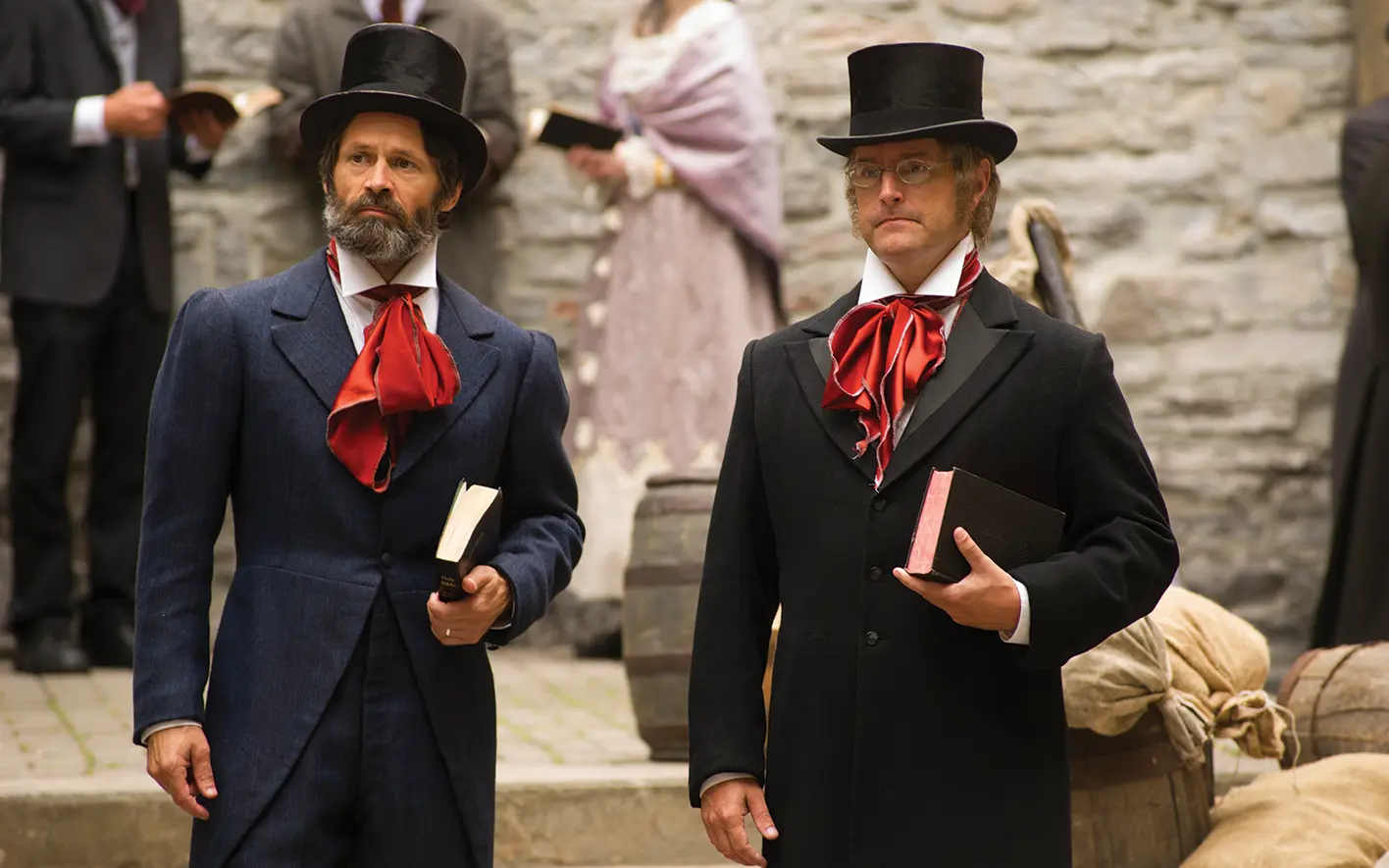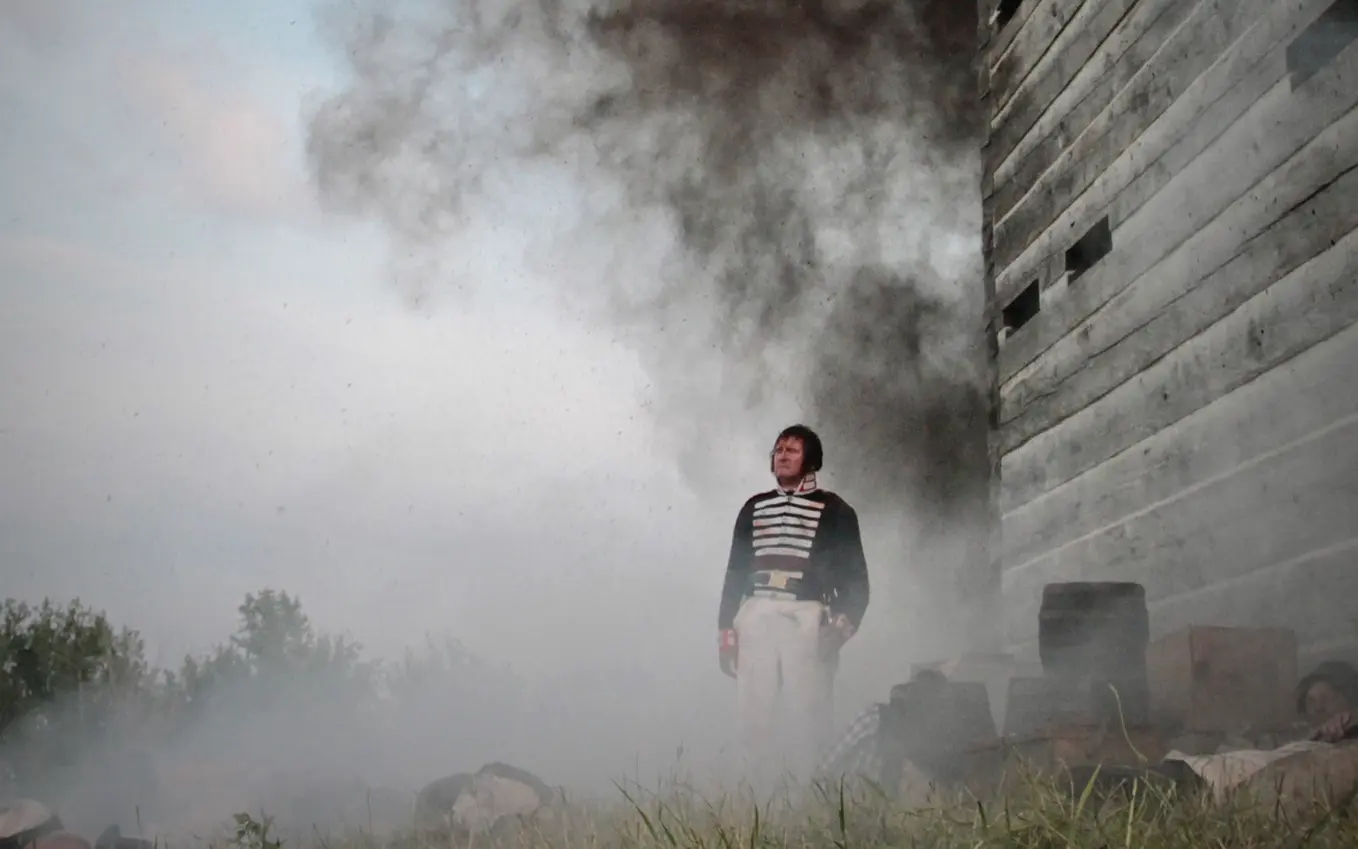
It’s not hard to misinterpret the Bible. I’ve done it, most people I know have done it and if you’ve read it enough, I’d bet you’ve done it too. It isn’t surprising then, that throughout history many have misinterpreted the Bible, especially when it comes to complex ideas like the end of the world and Jesus’ second coming. The Essenes predicted Jesus would return between AD66 and 70, soon after the crucifixion. Pope Sylvester II predicted the same at the turn of the millennium. The Mormons predicted it around 1891. There’s even a famous tale of a hen in Leeds, UK, laying eggs inscribed with the warning: “Christ is coming” (I’ll let you Google that one for yourself).1
One of the most well-known second coming predictions was made by a man named William Miller who believed Jesus would return sometime between 1843 and 1844. Many followed Miller, believing him wholeheartedly. Though I don’t want to entirely spoil the story for you, they were obviously wrong. After all, we are still here today. The event became known as the Great Disappointment. But not everyone let the disappointment define them. Some went on to found a worldwide Christian denomination that is still growing in number: the Seventh-day Adventist Church. But that begs the question: why would anyone become a Seventh-day Adventist if their church was founded on a false prediction? If you’ve ever heard about this faith group and wondered what they’re about, the 2024 motion picture The Hopeful will shed some light. Set in 19th century New England, the film gives an exciting portrayal of the humble beginnings of this worldwide movement—and the reasons why you might want to join it.
the horror of war
The film starts with widower John Andrews and his two children Charles and Mary on a ship headed to Europe. Thirty years after the Great Disappointment, Andrews was sent as the first missionary from the United States to spread the good news about Jesus internationally. Aboard the ship, he tells his children the story of how they came to be where they are. He says it’s a story of “courage and hope, war and true love”.
As Andrews begins his story, it felt like I was perched on the edge of the bed alongside Charles and Mary, awaiting the details with anticipation, having been taken on a journey back in time. Andrews begins with William Miller, a once-ordinary farmer and former captain in the United States army during the War of 1812. After miraculously surviving the fierce Battle of Plattsburg, we see Miller return home a changed man. Previously he hadn’t thought of God as anything more than a distant deity who may or may not exist. But the war led him to believe otherwise. Over pints at the pub his friends mock him saying, “What of the men and boys that died around you? Was it the hand of God that put them in the grave? . . . The Bible is an ancient fairy tale. You have no proof of its validity.” While he could not answer their questions, he also could not deny what he had experienced. “Both views require a leap of faith,” he replied. “Surely one of them demands as much attention as the other.”

With that, Miller set out to find answers to his questions. He began studying the Bible and found a particular interest in the prophecies and the return of Jesus. One day, he made some calculations and discovered that Jesus would be returning within just a matter of years. For a long time, he agonised over whether to share his findings, fearing he might be wrong and worried about what others would think. But his family believed he was right and encouraged him to spread the message.
Joshua Himes, publisher and future editor of the magazine Signs of the Times (yep, the very same), also trusted his calculations and helped spread the message further through pamphlets, meetings, rallies and lectures. It is estimated that he distributed more than five million copies across the country. Paper boys ran the streets yelling, “Get your paper! Read all about Christ’s return!” While many thought Miller was suffering from a grand delusion, he convinced close to 100,000 people that Jesus would indeed return when he said—including Baptists, Methodists, Presbyterians and more.
As the film depicts, it was a time of great upheaval in American society. Communities were divided and families were torn apart. For many, Miller’s message was one of long-needed hope. People sold their properties, abandoned their crops, gave up their jobs and gave money to the cause. Thousands who had never even given thought to the Bible wondered if it could be true.
After several failed predictions, October 22, 1844 was eventually chosen as the definitive date of Jesus’ return. As the day drew closer, the world waited in suspense. But midnight struck, October 22 passed and nothing happened. David Holland, professor of religious history at Harvard Divinity School, said, “The devastation that hit is really hard to capture: grown men weeping like children and people profoundly traumatised by this disappointment, questioning God’s existence, questioning the Bible’s validity, these anchor points for their entire sense of themselves.”

new beginnings
Though not many films end with an unhappy ending, I wasn’t sure how they’d come back from the Great Disappointment. But I think this is where the filmmakers wanted to get our attention. The Hopeful brought to life the human experience of being let down after having one’s hopes dashed. Sick with disappointment, many abandoned their faith completely. However, for others, this was merely where the story started. These men and women took the mistake as an opportunity to correct their thinking and dive deeper into what the Bible had to say. In doing so, they uncovered beautiful biblical truths that are still observed by Seventh-day Adventists to this day. One of these was the invitation Jesus gave to rest every Saturday. This practice, called the Sabbath, is being rediscovered and embraced by many Christians around the world today. They also gained fresh insights about the second coming of Jesus as well as what happens when we die. With time, the group grew stronger in faith and number. Eventually, they decided to call themselves “Seventh-day Adventists”. Today, there are more than 95,000 Adventist churches and more than 22 million members around the world.
The Hopeful tells the true story of a group of people who pushed through disappointment with grace, humility, and of course, hope . . . even in the face of mockery, confusion and grief. As I watched the events unfold, the characters instilled in me a desire to respond similarly in the face of future personal heartaches.
I’m guessing we’ll see many more predictions ring false before Jesus comes back to take us home. As well, we’ll experience much more despair before that time comes. But The Hopeful illustrates how growth and transformation can come from even the greatest of disappointments. Or as director Kyle Portbury says, The Hopeful invites us to “imagine how hope can change the world”. That is something we can all get on-board with.
THE HOPEFUL is coming to cinemas across Australia and New Zealand in October 2024. Find out more here.







